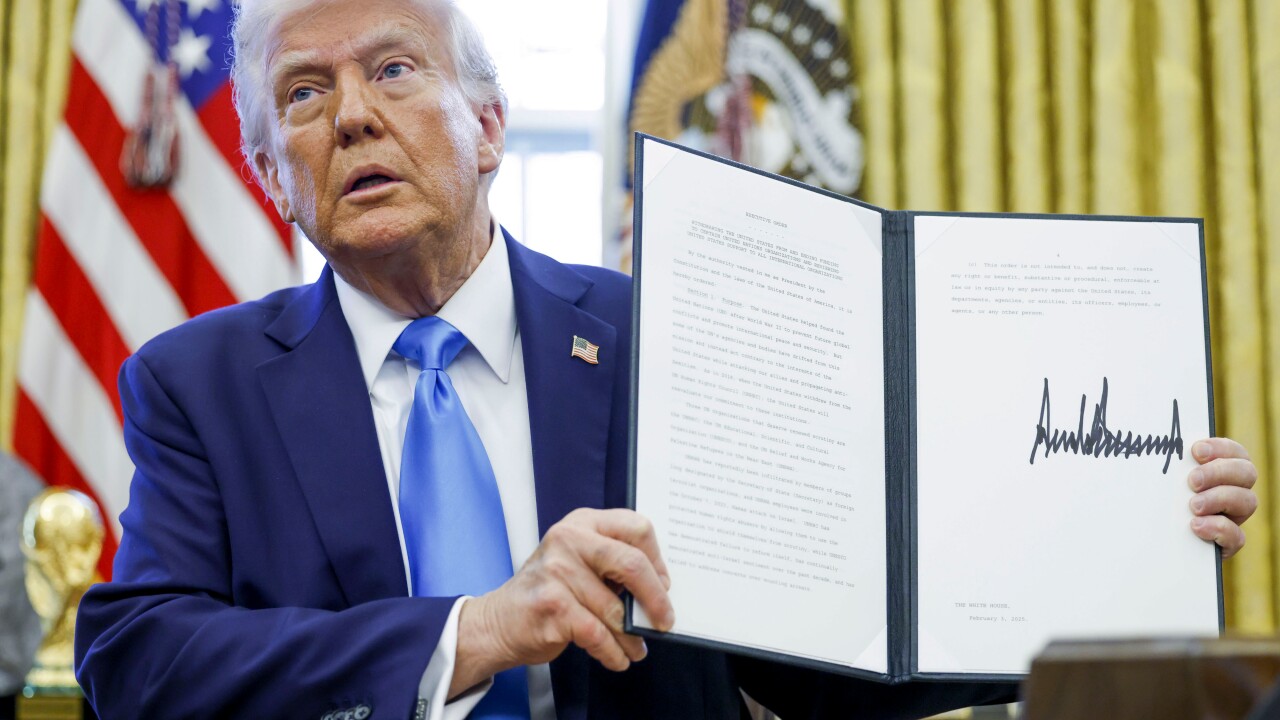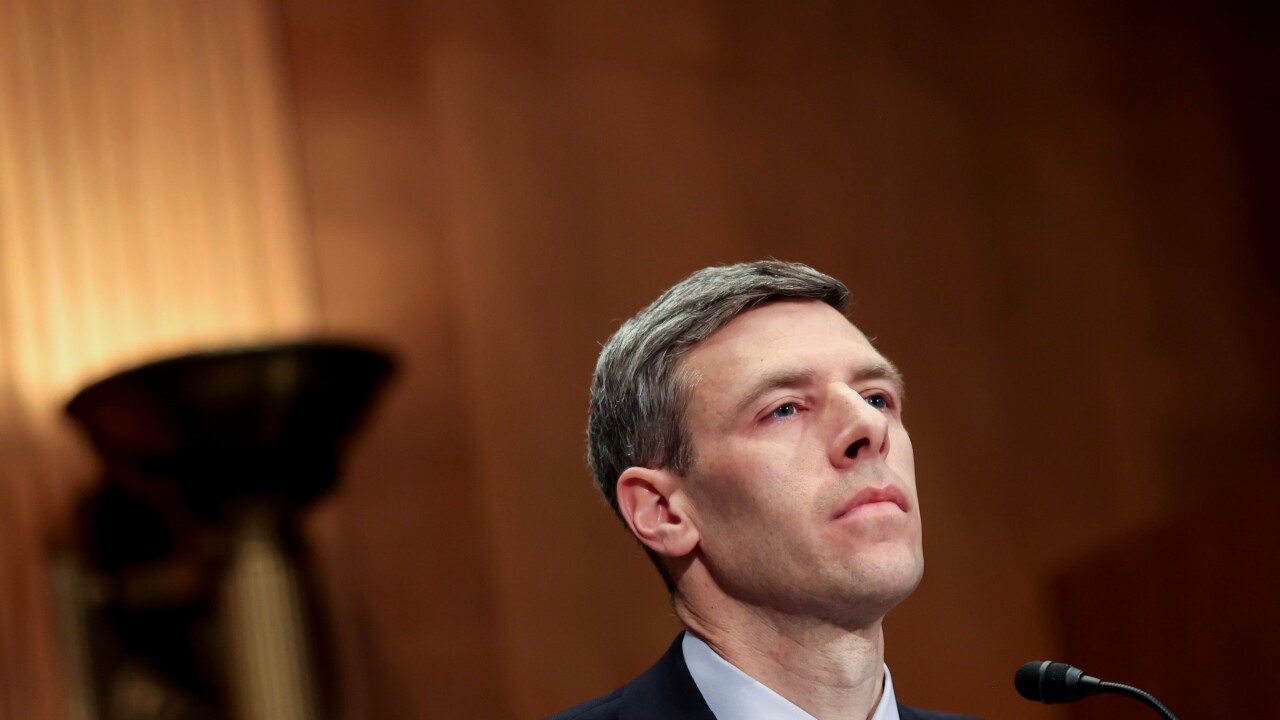It took several years to get off theground, but NACHA will finally get a report card on the economic expediency and demand for its deposit check truncation (DCT) pilot. The electronic payments association launched its DCT pilot in August, and had better hope the official grades aren't being administered by analysts: several have already cast DCT as redundant, and late to the imaging-dominated automated checking game. They also see it merely tapping a declining market for small-paper checks.
"Image exchange is serving the needs of banks," says Bob Meara, senior analyst, Celent, who questions the value in introducing an additional method.
DCT enables financial institutions to truncate low-value consumer checks and collect them as ACH debits. It relies on existing infrastructure, using the ACH Network's truncated check code. Depository banks capture payee data and account and routing info from checks. The bank transmits this information to paying banks as an ACH file.
Despite critics, NACHA's standing behind the pilot, saying DCT can work alongside existing check-clearing methods. The use of existing ACH infrastructure also contributes to cost savings, which NACHA says can be up to seven cents per check over paper-based and other exchange methods. "[DCT] amounts to a new clearing option for that check, regardless of how the check was deposited or captured," says Ian Macoy, managing director of network strategy and outreach for NACHA.
Macoy does say most institutions are image-exchange enabled at this point. "But if you talk to some of the firms participating in DCT, they will tell you that they still derive a cost benefit for the types of transactions that DCT is designed to capture," he says. The pilot's focus is on checks of $50 or less (though participants can up that to $250). Either way, analysts say, the trend is toward people writing fewer checks of that size, choosing instead to use Internet-related payments.
"Some checks will trigger logic for imaging while others will [trigger] DCT," Macoy says. Nancy Grant, senior director of research and standards for NACHA, says there are a number of banks that are still considering participation, and to date, volume [of low value paper checks] has not been a primary consideration for participation with any bank with whom NACHA has talked.
One bank that is participating, Bridge Community Bank, which already uses check imaging, sees DCT as a means to take added costs out of its small check volume. "I don't think it's an 'either/or' proposition," says Bridge chairman Bob Steen, whose bank deploys Aptsys' PayLOGIX to help drive DCT. Bridge is among the six community banks that have signed on for DCT thus far-though NACHA is positioning DCT for banks of all sizes.
Aite senior analyst Nancy Atkinson says one reason for the presence of community banks is it's easier for a smaller bank to launch a pilot, and that smaller banks are more likely to have outposts that are still not image-enabled. "In the past when NACHA did pilots it was pretty broad. They appealed to a large number of bank clients," she says. "This is one that seems to me to fit the community bank market."
Image exchange adoption has advanced since the ACH pilot was first floated in 2006, raising questions as to how many banks there are that are still not equipped for image exchange. According to the Electronic Check Clearing House Organization, 97 percent of the institutions that clear checks through Fed were receiving images as of March of this year.
"I've done some talking with bankers' banks, and most only support image processing, so there's some skepticism. I think there's a wait and see approach," Atkinson says.





